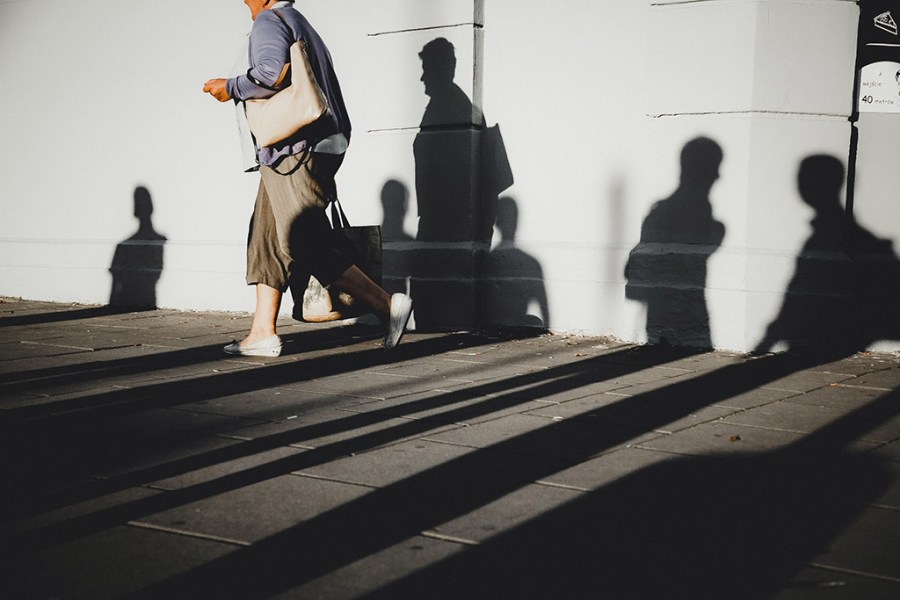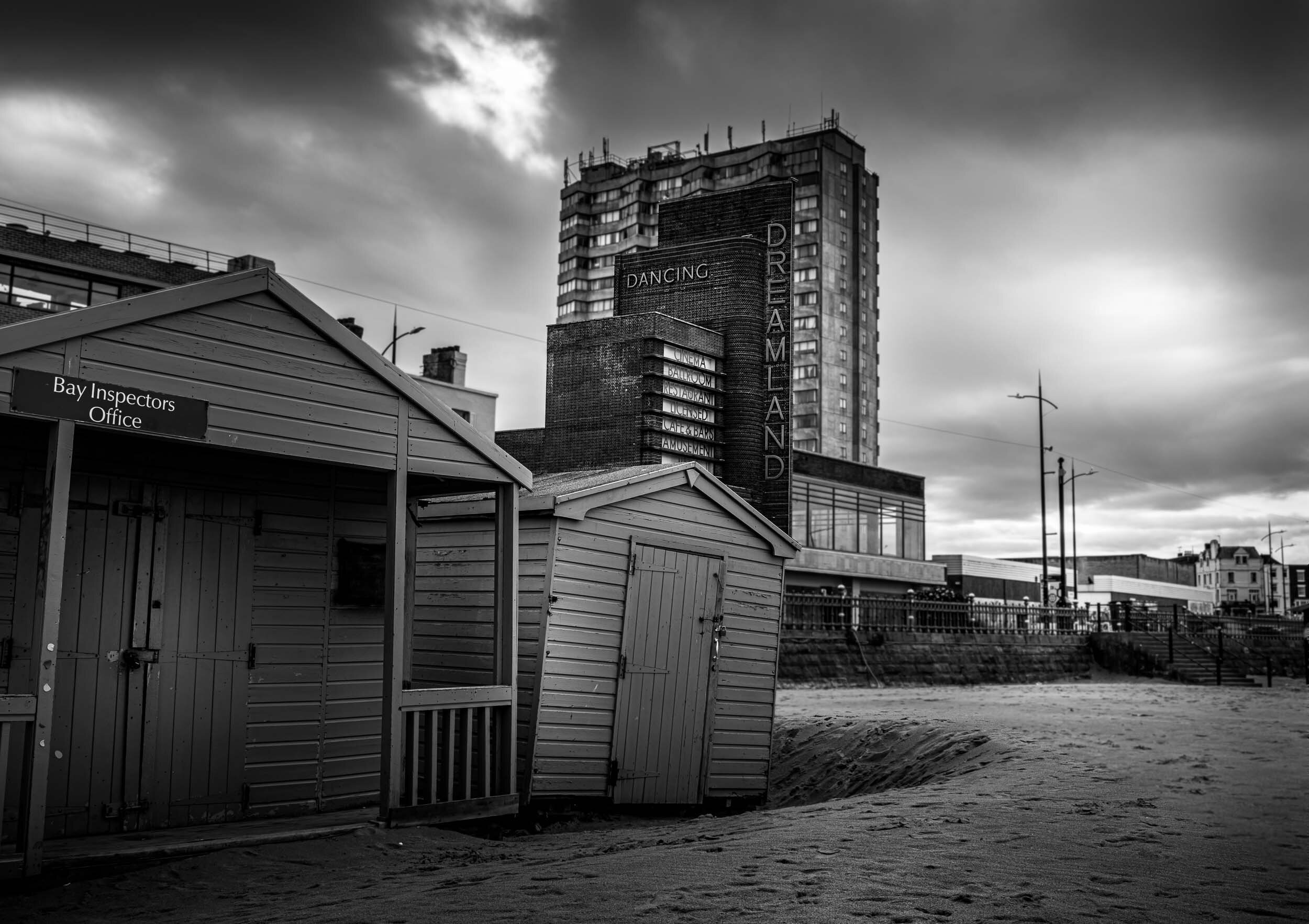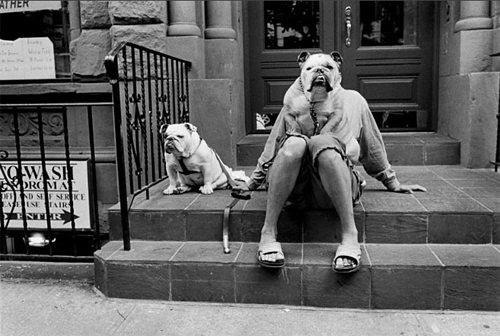10 Easy Facts About Street Photographers Shown
The Main Principles Of Street Photographers
Table of ContentsLittle Known Facts About Street Photographers.Facts About Street Photographers UncoveredSee This Report on Street PhotographersThe Facts About Street Photographers RevealedThe Best Guide To Street Photographers
Road digital photographers do not necessarily have a social objective in mind, but they prefer to separate and capture minutes which might or else go undetected.He was affected by numerous of those that affected the road photographers of the 1950s and '60s, he was not primarily interested in capturing the spirit of the road. The impulse to aesthetically document individuals in public started with 19th-century painters such as Edgar Degas, douard Manet, and Henri de Toulouse-Lautrec, who worked side by side with digital photographers attempting to record the essence of urban life.

Provided the fine top quality of his pictures and the breadth of material, architects and musicians commonly acquired Atget's prints to make use of as referral for their own work, though industrial passions were hardly his primary inspiration. Rather, he was driven to photograph every last residue of the Paris he loved. The mingled passion and urgency of his mission shine through, leading to pictures that narrate his own experience of the city, qualities that anticipated street photography of the 20th century.
The Single Strategy To Use For Street Photographers
They disclose the city via his eyes. His work and basic understanding of photography as an art kind worked as motivation to generations of professional photographers that followed. The following generation of street digital photographers, though they likely did not describe themselves thus, was introduced by the photojournalism of Hungarian-born professional photographer Andr Kertsz.
Unlike his peers, Brassa made use of a larger-format Voigtlnder camera with a longer exposure time, requiring him to be much more computed and thoughtful in his method than he might have been if using a Leica. (It is believed that he may not have had the ability to pay for a Leica at that time, however he did, nevertheless, utilize one in the late 1950s to take colour pictures.) Brassa's photographs of the Paris underworld illuminated by artificial light were a discovery, and the collection of the collection that he released, (1933 ), was a significant success.
Cartier-Bresson was a champ of the Leica video camera and among the first professional photographers to maximize its capacities. The Leica permitted the digital photographer to communicate with the environments and to capture minutes as they occurred - Street Photographers. Its fairly small dimension additionally assisted the photographer discolor into the background, which was Cartier-Bresson's favored approach
Not known Details About Street Photographers
It is due to this basic understanding of the art of photo taking that he is frequently credited with rediscovering the tool throughout again about a century because its creation. He took photos for greater than a half century and affected generations of digital photographers to trust their eye and intuition in the moment.
These are the concerns I shall try to answer: And then I'll leave you with my very own interpretation of street photography. Yes, we do. Let's begin with defining what a meaning is: According to it is: "The act of defining, or of making something definite, distinctive, or clear".
No, certainly not. The term is both restricting and misguiding. Seems like a street photography should be photos from this source of a streets Home Page best?! And all road photographers, except for a handful of absolute novices, will completely value that a street is not the vital element to street digital photography, and actually if it's a photo of a street with perhaps a couple of dull individuals doing absolutely nothing of rate of interest, that's not street photography that's a snapshot of a road.
He makes a valid point don't you think? However, while I agree with him I'm not exactly sure "candid public digital photography" will certainly catch on (although I do sort of like the term "honest photography") due to the fact that "street digital photography" has actually been around for a very long time, with several masters' names affixed to it, so I believe the term is here to stay.
Top Guidelines Of Street Photographers
Inside?! I hear you scream as you shake your fist to the sky. Why not? You can fire at the coastline, at an event, in an alley, in a park, in a piazza, in a cafe, at a museum or art gallery, in a metro station, at an event, on a bridge, under a bridge ...

The Buzz on Street Photographers
